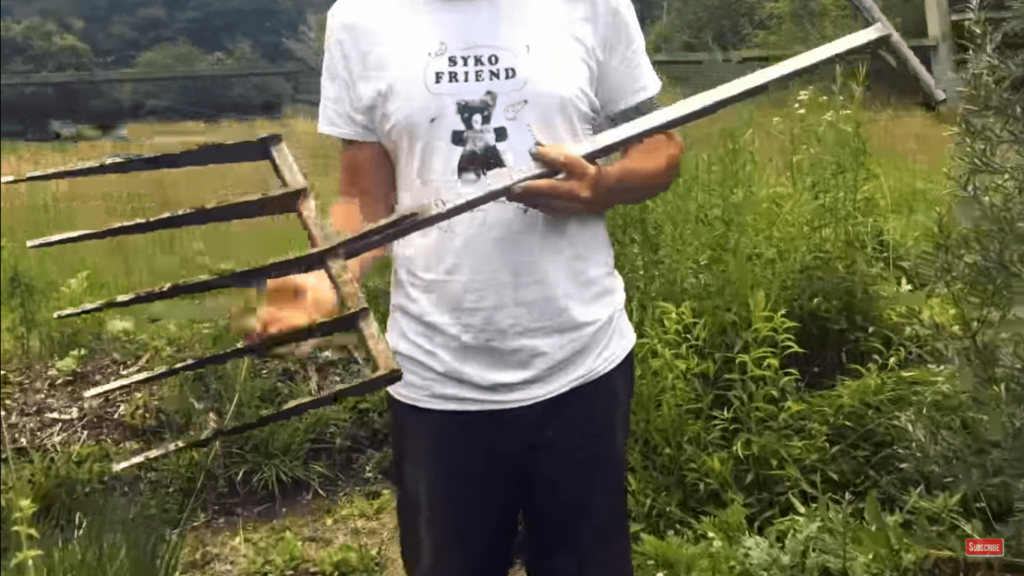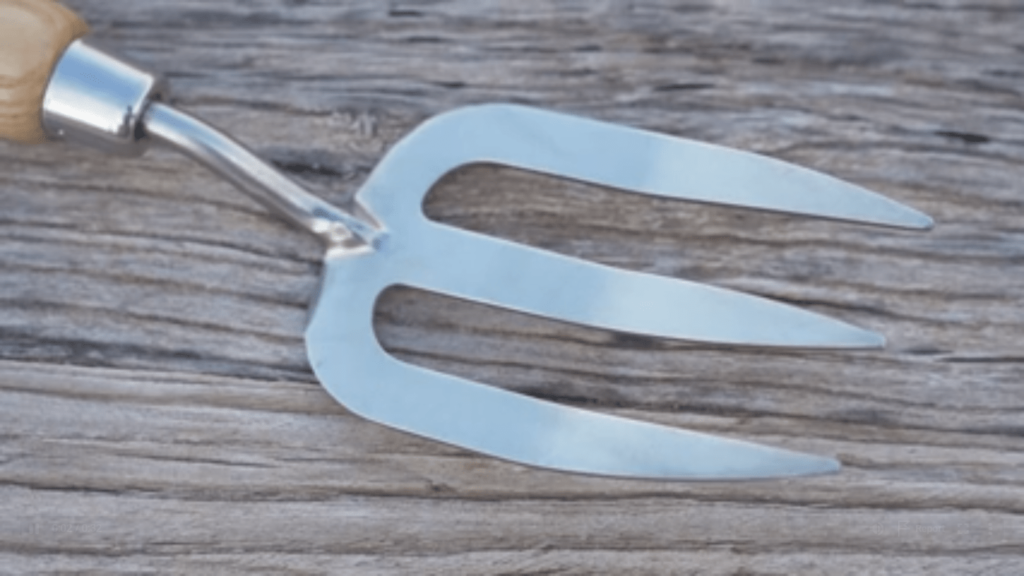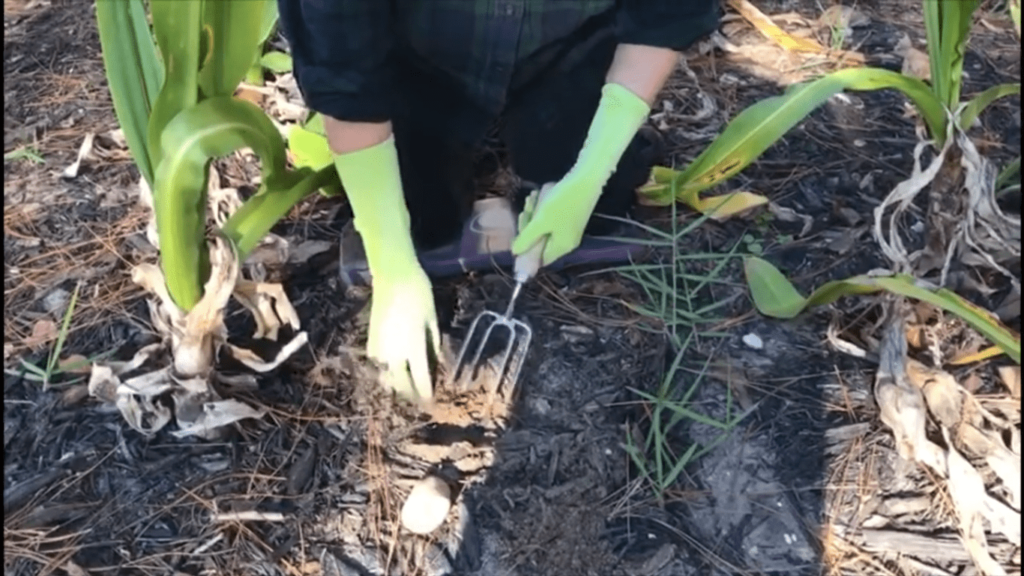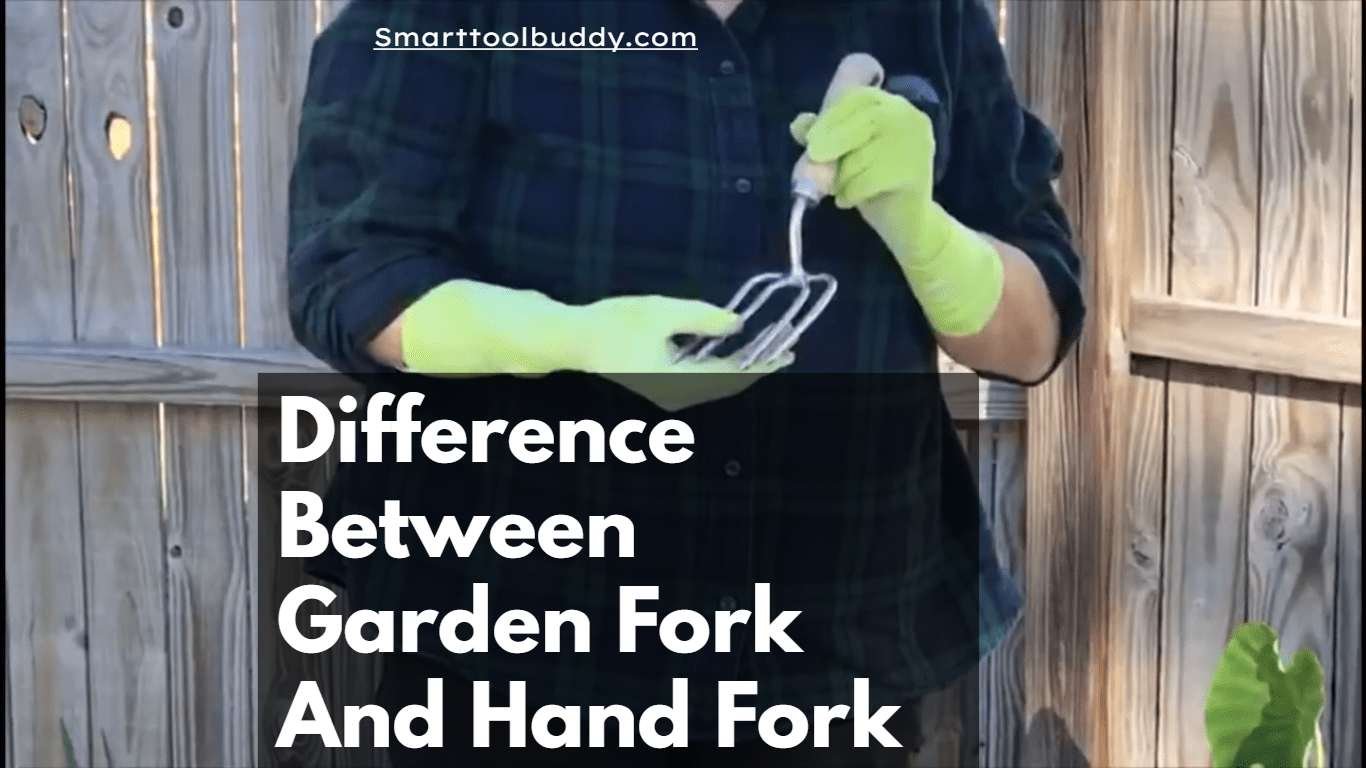Difference Between Garden Fork and Hand Fork
Gardeners frequently turn to various tools in their toolkit to enhance productivity and enjoyment in the garden, including hand forks and garden forks – both are indispensable garden tools, with specific characteristics for specific uses on the difference between garden fork and hand fork- this complete guide offers information for beginner as well as veteran gardeners on what sets these apart.
Introduction to Garden Forks and Hand Forks
A gardening fork (digging fork or spading fork) is a heavy-duty tool made of steel with four solid tines attached by a long handle for efficient soil aeration. These forks can help dig, turn and aerate soil efficiently.
Hand Forks
A hand fork is a small hand-held tool ideal for gardening tasks that require more delicate care, such as weeding or gardening in small spaces. Usually featuring three to four times with ergonomic handles designed to rest comfortably in one palm of one hand. Hand forks make for excellent tools when used for delicate work like this!
Key Differences Between Garden Fork and Hand Fork Size and Structure,

Size and Structure
| Feature | Garden Fork | Hand Fork |
| Size | Large, usually with a long handle | Small, designed to be held in one hand |
| Tine Length | Long tines for deep soil penetration | Short tines for surface work and delicate tasks |
| Handle | Long handle for leverage and reach | Short handle for precision and control |
Main Uses of Garden Forks:
Digging and Turning Soil: Long tines of garden forks are great tools to break up hard, compacted soil before turning it around to improve aeration. Aerating Soil Garden forks provide another effective means of creating holes in soil that allow more air and water circulation, leading to increased air and water movement through it.
Mixing Compost:
Ideal for adding compost and soil amendments into gardens. Moving Plants, Roots and Lifting It can also help move and lift plants without harming their roots.
Visit and Read More Articles: SMARTTOOLBUDDY.COM
Hand Fork Uses
Weeding Process:
With its small dimensions and short tines, this tool is perfect for clearing away weeds in tight areas such as
Gardens: When digging holes for bulbs, seedlings or small plants.
Growing: Garden forks can help loosen soil around plants to allow greater absorption of water and nutrients by the plant roots, while transplanting – whether that means moving small plants around or dividing perennials – are ideal ways to transfer small plants or divide perennials. And they’re not made out of plastic either!
Here’s what to know about garden fork materials –
1. Stainless Steel: Rust-resistant and long-term, this material makes an excellent choice.
2. Carbon Steel can withstand substantial force but requires regular upkeep in order to avoid rust formation.
3. Handles made of wood: Although these handles may feel comfortable to hold, they require regular care in order to avoid splintering and potential damage.
Hand Fork Materials:
1. Stainless Steel ensures durability as well as easy cleanup.
2. Plastic: Lightweight and often more affordable, making it the go-to material for light duty tasks.
3. Ergonomic Handles These handles feature soft grips designed to minimize hand strain.
Ergonomics and Comfort
Garden Forks: Providing ergonomic solutions.
· Leverage and Reach
· Length provides greater leverage, which reduces physical effort when performing heavy-duty work.

Design of Handle:
Many D or T shaped handles feature ergonomic grips for increased control.
Hand Forks are used to perform specific tasks.
Control and Precision: The short handle allows for precise maneuvers, making it easier to navigate around delicate plants.
Comfortable Grip Many hand forks feature ergonomic handles which reduce fatigue when used over extended periods.
Finding the Right Fork for Your Needs
Your choice of garden fork vs hand fork will depend on what tasks need to be completed in your garden.
Here are some guidelines that may help you select the tool most suited to your situation:
1. Garden Fork for Heavy-Duty Tasks:
When it comes to digging, turning or aerating large expanses of soil using a garden fork, nothing beats its power and leverage for handling these challenging tasks. Long tines give ample power while its handle gives leverage needed for success in these demanding endeavors.
2. Hand Fork Is Perfect for Delicate or Precise Tasks
A hand fork is an indispensable tool when performing delicate or precise tasks, like planting, weeding or working in tight spaces. Its compact dimensions and ergonomic design make it simple to maneuver between delicate plants or tight areas with ease.
Professional Gardeners Require Various Tools When it comes to garden tools, professional gardeners often rely on having both an earthen fork and hand fork in their toolkit. This enables them to tackle jobs efficiently ranging from heavy digging to fine gardening tasks efficiently.
Maintenance Tips for Garden and Hand Forks
Regular maintenance is crucial to prolong the lifespan and ensure peak operation of gardening tools such as hand and garden forks. Here are a few suggestions on how best to care for both types of forks:
· Cleaning: Clean fork tines and handles after each use to get rid of dirt and other debris. Brushes should also be used if soil caked on, for thorough cleansing of fork tines and handles.
· Dry Tools Completely Before Storing It is essential that the tools are completely dry prior to storage to avoid corrosion and rusting.
· Sharpen Regularly: Keep the tines sharp by using sharpening stones or files regularly in order to maximize effectiveness of each tool.
· Check for Damage: Fork tines should be regularly inspected for signs of wear or damage and repaired/replaced as necessary.
· Storage: Place Your Forks In a Dry and Protective Location To minimize exposure to weather and other elements.
· Tool Racks: Placing tools on a tool rack or hanging them on the wall can help ensure they remain organized and functional.

Conclusion
Understanding the differences between hand fork and garden fork are integral to successful gardening. Each tool comes equipped with distinct features and functions, making them suitable for accomplishing various tasks. By selecting and maintaining the appropriate tool for any given job, you will enhance your gardening experience while increasing its longevity – be it breaking up tough soil or teasing out plants; selecting and using the correct fork can make gardening chores simpler and more pleasurable!
Frequently Asked Questions
What Is a Garden Fork (Dig Fork)?
What distinguishes garden forks and pitch forks in terms of their design and purpose of usage?
A garden fork (also referred to as a dig fork) is a versatile gardening tool with four robust tines attached at either end that are used for digging into soil, loosening and turning over, breaking up clumps of dirt and breaking them up, as well as incorporating organic material like compost into it. Due to their sharp tines, forks break through hard soil more quickly than shovels or spades when performing tasks involving digging deep soil work.
Garden forks differ significantly in this respect from pitch forks: Garden forks have more flexible tines while pitch forks have sharpened edges for pitching purposes.
Garden Fork (Digging Fork): These tools feature shorter, thicker and more robust tines with either four curving or flat tines arranged radially – ideal for tasks requiring much force such as digging soil, turning it and breaking up hard soil or compacted ground.
Pitch Fork: It features longer, thinner tines that are either bent or straight and is designed for light tasks such as moving, lifting and spreading loose materials such as straw, hay leaves, compost or hay. The tines are spaced further apart than they would be on a garden fork.
Why Use Hand forks
A hand fork is a small hand-held gardening tool with three or four strong tines used to accomplish various gardening tasks, including:
Weeding refers to the process of removing plants that are considered weedy from flowerbeds and vegetable plots. Aerating: loosening and aerating soil in small areas before creating holes to plant bulbs, seeds or other small plants. Transplanting: helping raise and transport plants without harming their roots
What’s the Difference Between Border Forks and Digger Forks?
The main differences between border and digging forks lie in their sizes and uses; larger forks offer greater control when mixing compost or fertilizers into soil in small areas, whereas small area applications require additional tools that specialize in mixing.
Border Fork: This lightweight and smaller fork with narrow tines is intended for use in smaller areas, such as borders or flower beds where minimal disturbance to the soil is key. Additionally, its light weight makes it easy for those who lack strength to use.
Digging Fork (Garden Fork): Larger and heavier with wider tines, this robust garden fork was created for more robust tasks such as breaking up hard soil layers, digging larger areas, or turning over allotment soil in vegetable gardens or allotments. Due to its size and strength, it makes an excellent tool for challenging soil-related jobs.
Border forks are best used for precise work in smaller spaces, while digging forks are better suited to larger garden tasks and soil preparation tasks.
Related Article :
https://smarttoolbuddy.com/garden-fork-vs-pitchfork
Latest Article:
https://smarttoolbuddy.com/can-hedge-trimmers-cut-branches


Related Blogs
The Top 10 Best Litter Box for Multiple Cats
5 Best Dry Cat Food for Indoor Cats 2024
Affordable Bluetooth Projector for Gaming: The Best in 2024
The Best Soundbar for Music and Movies for Home Threaters
Stay Powered Up: The Best Portable Charger for iPhone 15 in 2024
The iPhone 15 Pro Max New Features: Comprehensive Features
Liquid Screen Protector vs Tempered Glass: Which is better in 2024
What is a Monkey Wrench: Complete Details
Guide to Cleaning Your Gatorade Bottle The Proper Way
How To Sharpen Garden Hoe: Real Guide to the problem
How to Use a Tack Hammer Nail it Every Time
Easy Ways on How to Clean Garden Tools at Home
Changing a Garden Cart Tire: Expert Hacks That Will Save You from $200+ in Repairs
How to Whisk Eggs: Easy Manual Techniques
Garden Fork Vs Pitchfork: Deciding Which Tool Will Meet Your Garden Needs
Conquering the Greens: How to Rake Artificial Grass
How Deep To Plant Daffodil Bulbs? A Simple Guide
How to Pick the Best Shovel for Digging in 2024
The best time to power rake your lawn
Why Your Kitchen Isn’t Complete Without an Acacia Cutting Board
How to Replace Trimmer Line in Bump Feed: Step-by-Step Guide
Perfect Make Matcha Without Whisk: The Ultimate Guide
10 Ways to Remove Snow from Driveway Without a Shovel: Innovative Snow Removal
The Ultimate Guide: How Many Wheelbarrows of Sand Per Bag of Cement
Don’t Make This Silly Mistake with Your 5 Uses of Garden Fork
Is a Spade and a Shovel the Same? Discover the Differences Here
Transform Your Garden with Stunning Garden Stake Ideas You’ll Love
The Best Home Gym Equipment you can get in 2024
The Best Home Gym Setups for Small Spaces
Shoot Like a Pro: The Best iPhone Filmmaking Kit
Are Bone Conduction Headphones Safe?